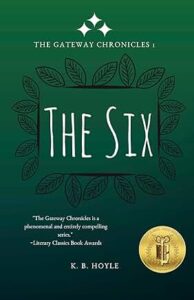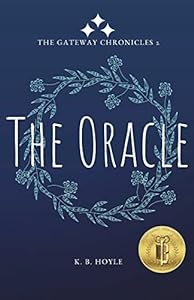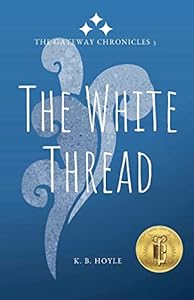 Summary: A barber, near the end of his life, tells of life in the small town of Port William, along the Ohio River.
Summary: A barber, near the end of his life, tells of life in the small town of Port William, along the Ohio River.
I have been more interested in fiction lately, so I decided to pick up Jayber Crow, the book that most people I know suggest is the best book to start with for the Port William series. I have previously only read Hannah Coulter. A different member tells each book of the series of the community. There are eight novels and dozens of short stories.
I am reading this soon after reading Eugene Peterson’s biography, A Burning in My Bones, for the second time. Eugene Peterson was born in 1932, a few years before the fictional Jayber Crow started being the barber at Port William (at 23 years old). So there were about 17 years between them. Jayber dropped out of seminary, and although he took some classes at a college, he was not really enrolled to get a degree. So when he, on a whim, quits his job and starts walking in a rainstorm, he eventually returns to the home where he lived before he went to an orphanage (his parents both died, and then his uncle and aunt died before he was 10.)
Port Wiliam is a realistic book that details the cultural changes of the 20th century. When Jayber moved to Port Wiliam, he purchased a barbershop that had been abandoned to the bank by the previous barber. Jayber lived above the one-room shop in a one-room apartment. There was no running water or bathrooms. There was electricity, but there was no reason for it other than his razors. For 30 years, Jayber has been the town’s bachelor barber. There are not enough people in the town for Jayber to earn enough money to support a family. He has to become the church janitor and the town gravedigger even to support himself. The story is being told from the view of a retired Jayber in 1986.


 Summary: Young Adult fantasy series that is well-plotted, character-driven, and relatable.
Summary: Young Adult fantasy series that is well-plotted, character-driven, and relatable. 






